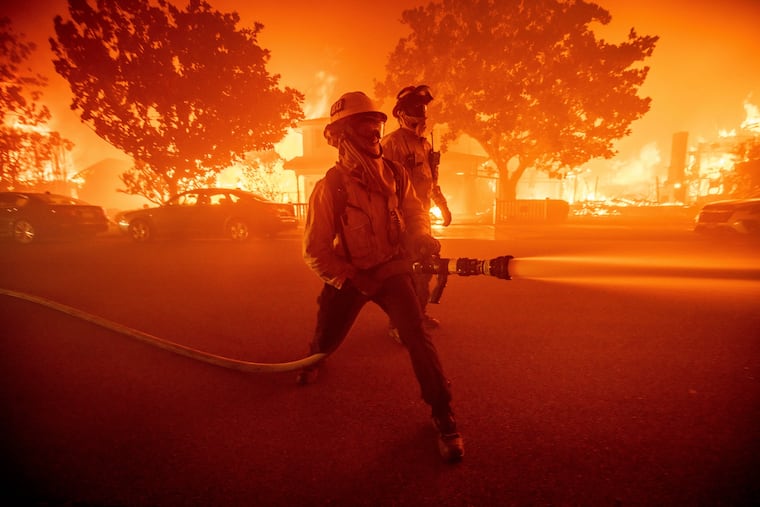Insurers projected to incur 5 billion in catastrophe losses by 2025.
Insured losses from natural disasters are projected to reach a staggering 5 billion in 2023, significantly exceeding the 10-year average, according to a recent report from the Swiss Re Institute. This alarming forecast underscores the intricate interplay of several factors including population growth, urban expansion, and climate change, which together exacerbate the vulnerabilities associated with extreme weather events.
The primary culprits behind this year’s loss estimate are a series of severe thunderstorms, flooding, and wildfires. Swiss Re attributes about billion of the anticipated losses to catastrophic wildfires in Los Angeles alone. The reinsurer also highlights an increasing trend in peak loss years, where catastrophic events could result in insured losses upwards of 0 billion in a single year, suggesting that such occurrences should no longer be viewed as anomalies in the insurance landscape.
The United States has become the epicenter of insured losses, accounting for nearly 80% of global totals in 2024. Losses are heavily concentrated in states such as Florida, Texas, California, Louisiana, and Colorado. This trend has corresponded with rising insurance premiums; for instance, households in hurricane-prone Florida now face premiums that are double the national average.
In a separate analysis, Zurich Insurance notes that the financial repercussions of extreme weather have totaled approximately trillion in economic losses over the past decade, with ongoing consequences that threaten ecosystems, agriculture, and public health. The outlook, according to Zurich, remains “alarmingly bleak”, prompting insurers and reinsurers to implement strategies that include raising prices in high-risk markets and exploring alternative funding sources to enhance their financial stability.
The insurance sector is increasingly utilizing catastrophe bonds, which allow them to transfer their risk to capital markets, a strategy that has seen record levels of issuance recently. However, this financial maneuvering reveals a troubling gap in insurance coverage, with many households and businesses remaining underinsured or entirely uninsured. Zurich’s analysis has drawn attention to the systemic risks that this trend poses, particularly in Europe, where the insurance protection gap is projected to widen further as climate change worsens.
Globally, the costs associated with insured losses from natural catastrophes have significantly outpaced economic growth over the last three decades, more than doubling in relation to global GDP since 1994. This pattern underscores an urgent need for coordinated action from governments, insurers, and communities to bolster climate resilience.
To mitigate these rising costs, industry leaders advocate for the implementation of protective infrastructure, arguing that investments in measures such as dikes and dams are far more cost-effective than rebuilding after disasters strike. As noted by Jerome Haegeli, group chief economist at Swiss Re, ensuring that available capital keeps pace with escalating risks is vital for the insurance sector to effectively manage future peak loss years.
The challenges presented by the increasing frequency and severity of natural disasters emphasize the critical need for continuous adaptation and response from the insurance and financial industries, as well as from policymakers engaged in climate resilience efforts.
Media News Source.







